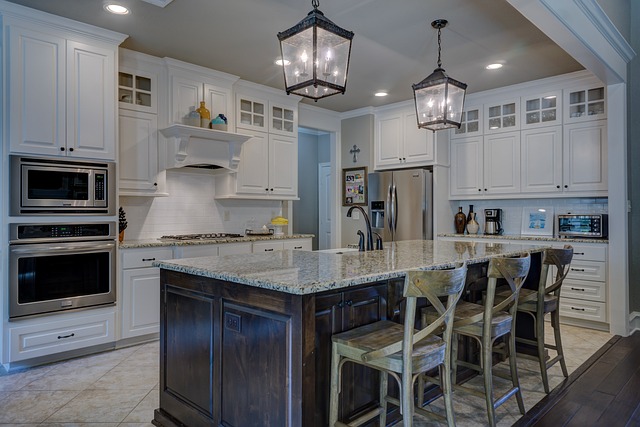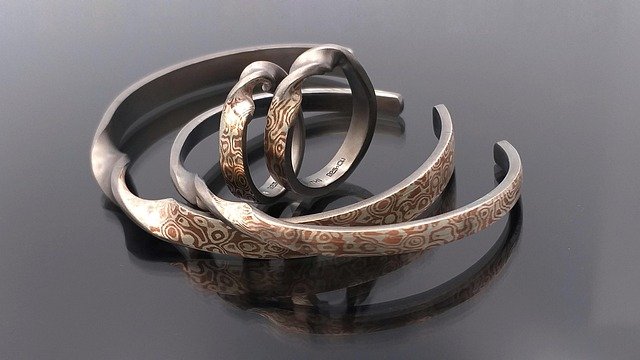Explore Options for Kitchen Islands
Kitchen islands have become a coveted feature in modern homes, offering additional workspace, storage, and often serving as a focal point in the kitchen. These versatile additions can transform the functionality and aesthetics of your cooking space. Let's delve into the various options available for kitchen islands and how they can enhance your culinary experience.

What are the different types of kitchen islands?
Kitchen islands come in a variety of styles and configurations to suit different needs and kitchen layouts. Freestanding islands are mobile units that can be moved as needed, offering flexibility in smaller kitchens. Built-in islands are permanent fixtures, often custom-designed to match the existing cabinetry and countertops. Rolling islands provide a middle ground, offering mobility with the stability of a larger unit. Some islands are designed with specific purposes in mind, such as baking centers with marble tops or prep stations with built-in sinks.
How can custom kitchen islands enhance your space?
Custom kitchen islands offer the ultimate in personalization, allowing homeowners to tailor every aspect to their specific needs and design preferences. These bespoke units can be crafted to fit unusual spaces or to incorporate unique features. For example, a custom island might include a built-in wine refrigerator, a specialized spice drawer, or a pop-up mixer stand for avid bakers. The materials, finishes, and hardware can be selected to perfectly complement your kitchen’s style, whether it’s a rustic farmhouse look or a sleek, modern aesthetic.
What features should you consider for kitchen islands with seating?
Kitchen islands with seating have become increasingly popular, serving as casual dining areas and social hubs within the home. When considering an island with seating, it’s important to think about the number of seats you’d like to accommodate and the style of seating that works best for your space. Bar-height stools work well with taller islands, while counter-height seating offers a more accessible option. Overhang space is crucial for comfortable seating, typically requiring 12-15 inches of countertop extension. Some islands feature a two-tiered design, with a lower level for food prep and a raised bar for dining.
How can you maximize storage in your kitchen island?
One of the primary benefits of a kitchen island is the additional storage it provides. To maximize this, consider incorporating a mix of drawers, cabinets, and open shelving. Deep drawers are excellent for storing pots and pans, while narrower drawers can house utensils and smaller gadgets. Open shelving on the ends of an island can display cookbooks or decorative items. For those who enjoy entertaining, consider adding a built-in wine rack or a refrigerated drawer for beverages. Some islands even feature pull-out trash and recycling bins, keeping these necessities hidden but easily accessible.
What are some popular materials for kitchen island countertops?
The choice of countertop material for your kitchen island can significantly impact both its functionality and appearance. Granite remains a popular option due to its durability and wide range of color options. Quartz, an engineered stone, offers similar durability with lower maintenance requirements. Butcher block countertops provide a warm, natural look and are ideal for food preparation, though they require regular oiling. For a sleek, modern look, stainless steel countertops are both hygienic and heat-resistant. Marble, while beautiful, is more porous and susceptible to staining, making it better suited for baking areas or as an accent piece.
How do kitchen island prices compare across different styles?
Kitchen island prices can vary widely depending on size, materials, and features. Here’s a general comparison of different kitchen island options:
| Island Type | Size Range | Features | Estimated Price Range |
|---|---|---|---|
| Freestanding | 3-4 ft | Basic storage, mobile | $200 - $1,000 |
| Built-in (Stock) | 4-6 ft | Customizable storage, fixed | $1,000 - $3,000 |
| Custom | 5-10 ft | Fully customized, high-end materials | $3,000 - $10,000+ |
| Rolling | 3-5 ft | Mobile, often with drop leaf | $300 - $1,500 |
| With Seating | 5-8 ft | Integrated dining area | $1,500 - $5,000 |
Prices, rates, or cost estimates mentioned in this article are based on the latest available information but may change over time. Independent research is advised before making financial decisions.
When exploring options for kitchen islands, consider your space, budget, and specific needs. Whether you opt for a simple rolling cart or a custom-built centerpiece, a well-chosen kitchen island can significantly enhance both the functionality and appeal of your cooking space. Remember to measure your kitchen carefully and consider traffic flow to ensure your new island integrates seamlessly into your home.




